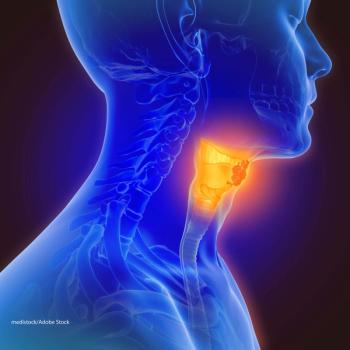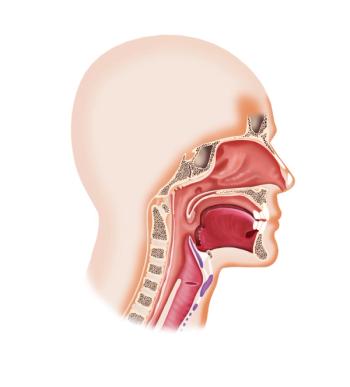
Increased Suicide Rate in Head and Neck Cancer Patients
Compared to the general population, the rate of suicide is three times more frequent among head and neck cancer patients, according to a retrospective study.
Compared to the general population, the rate of suicide is three times more frequent among head and neck cancer patients, according to a retrospective study
Cancer patients in general are at a higher risk of suicide-almost twice that of the general US population, but according to the study authors, the risk of suicide among patients with head and neck cancer has not been addressed.
Richard Chan Woo Park, MD, a head and neck cancer surgeon at the Rutgers New Jersey Medical School in New Brunswick, New Jersey, and coauthors retrospectively examined 350,413 cases of patients with head and neck cancer recorded within the Surveillance, Epidemiology, and End Results (SEER) database between 1973 and 2011. Patients were observed for 2.2 million person-years for incidence, trends, and risk factors of suicide. A total of 857 suicides were identified for a suicide rate of 37.9 per 100,000 person-years. The rate of suicide in the general US population is 11.8 per 100,000 person-years.
Suicide rates were two times higher among those treated with radiation therapy alone (standardized mortality ratio [SMR], 5.12; 95% confidence interval [CI], 3.83–6.41) compared with those who had surgery alone (SMR, 2.57; 95% CI, 1.66–3.49). “Although radiation is an integral part of treating many head and neck cancers, it can be associated with significant morbidity that is associated with lower quality of life,” wrote the authors.
Rates of suicide were highest-12 times higher-among patients with hypopharyngeal cancer (164.2 per 100,000 person-years; SMR, 13.91; 95% CI, 11.78–16.03), and 5 times higher among those with laryngeal cancer (64.7 per 100,000 person-years; SMR, 5.48; 95% CI, 4.14–6.81). “This may be linked to these anatomic sites’ intimate relationship with the ability to speak and/or swallow. Loss of these functions can dramatically lower patients’ quality of life,” according to the authors.
Fifty four percent of patients in the cohort were men and 57% were married. Suicide rates were higher among men and those with later stage disease. Unmarried status and white race were linked with high suicide rates but the link was not statistically significant. Patients between the ages of 60 and 79 had the highest rates of suicide.
The greatest increase in suicide rates among all patients included in the analysis was in the first 5 years after diagnosis, with a decline over time after the first 5 years. The average survival time for patients in the study was 5.61 years from the time of diagnosis (range: 0 to 38.92 years).
“While there is a considerable body of research that examines survival outcomes for patients with head and neck cancer, additional research and effort should also be devoted to the psychological toll that the cancer, treatments, and resulting morbidity have on patients,” the authors concluded.
Newsletter
Stay up to date on recent advances in the multidisciplinary approach to cancer.
































































































